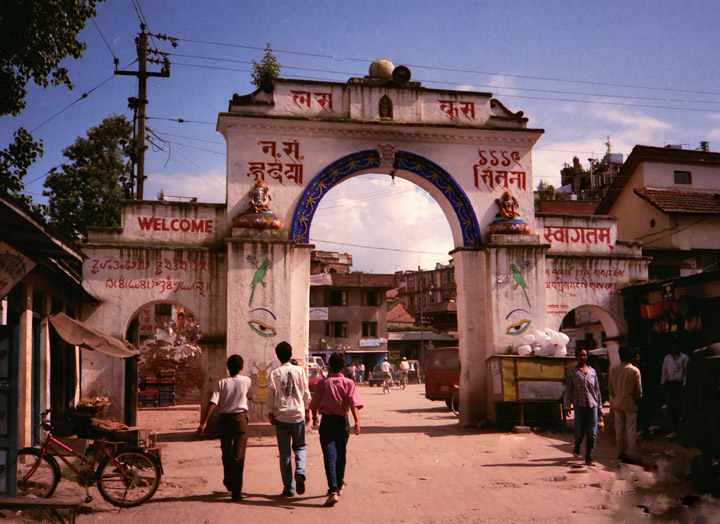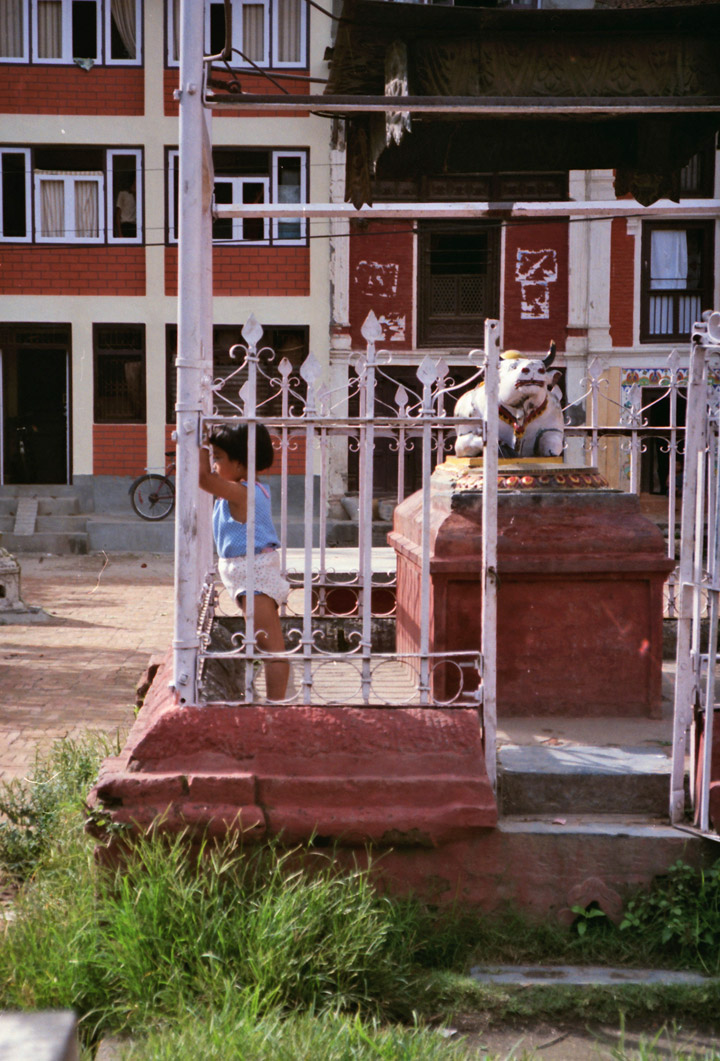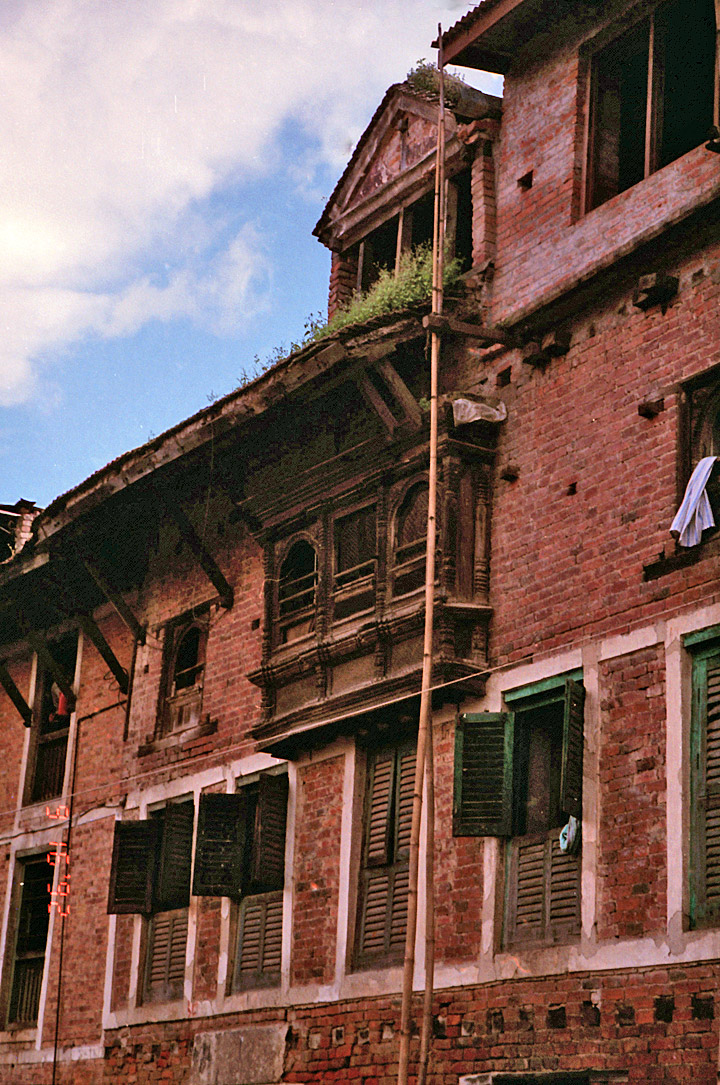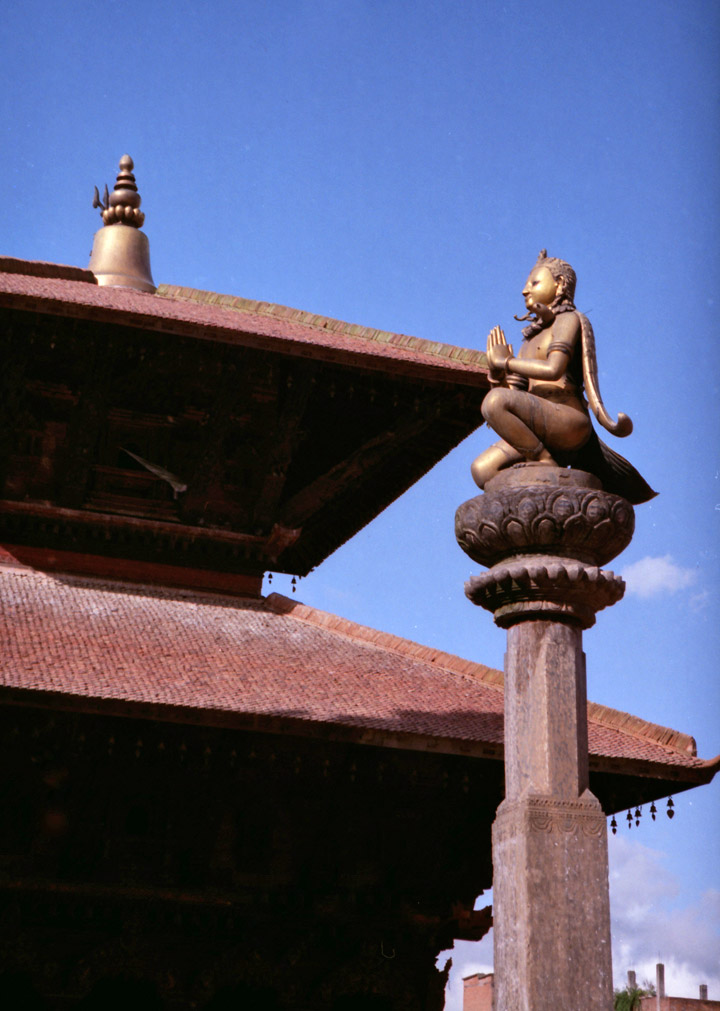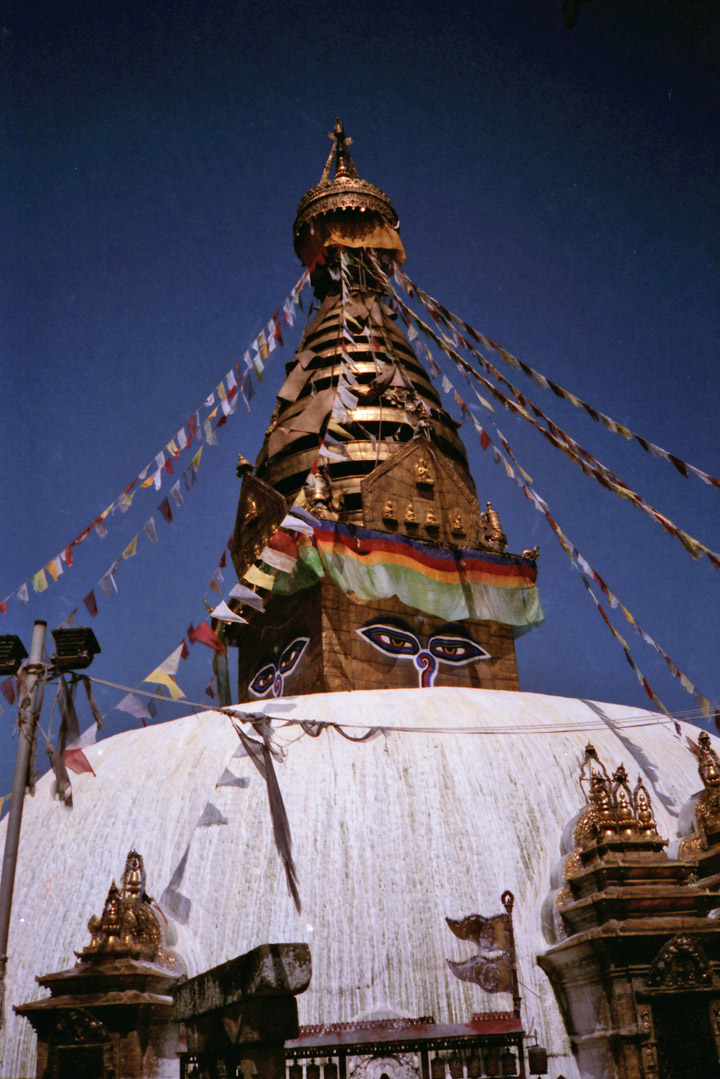

Kathmandu
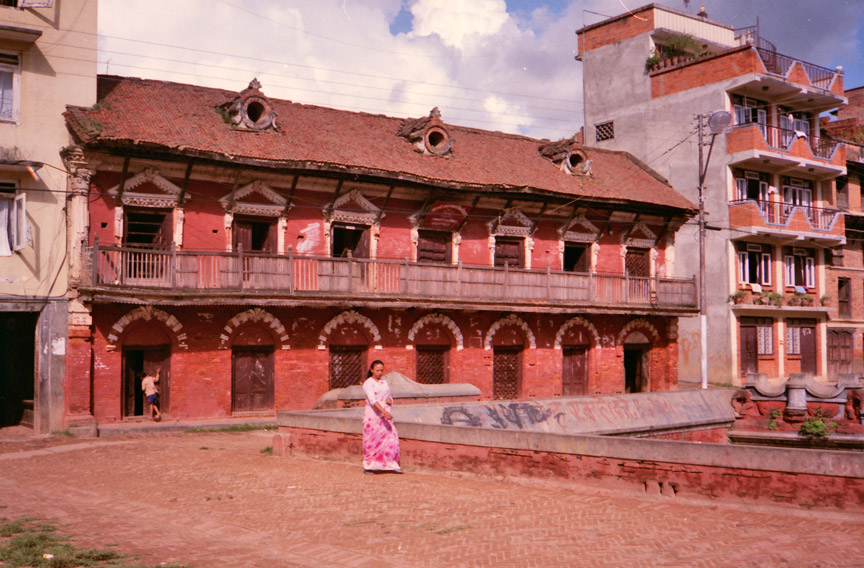
Kathmandu (Nepali: काठमांडौ, Nepal Bhasa: येँ) is the capital and the largest city of Nepal. The city is situated in Kathmandu Valley that also contains two other cities - Patan and Bhaktapur. Nepali is the lingua franca of the valley and is the most widely spoken language. Nepal Bhasa/Newari is the language spoken by native people, the Newars. Hindi and English are understood by most of the educated population of the city. The city stands at an elevation of approximately 4,500 ft (1,400 m) and is inhabited by about 700,000 people. Kathmandu is the most developed city in Nepal.
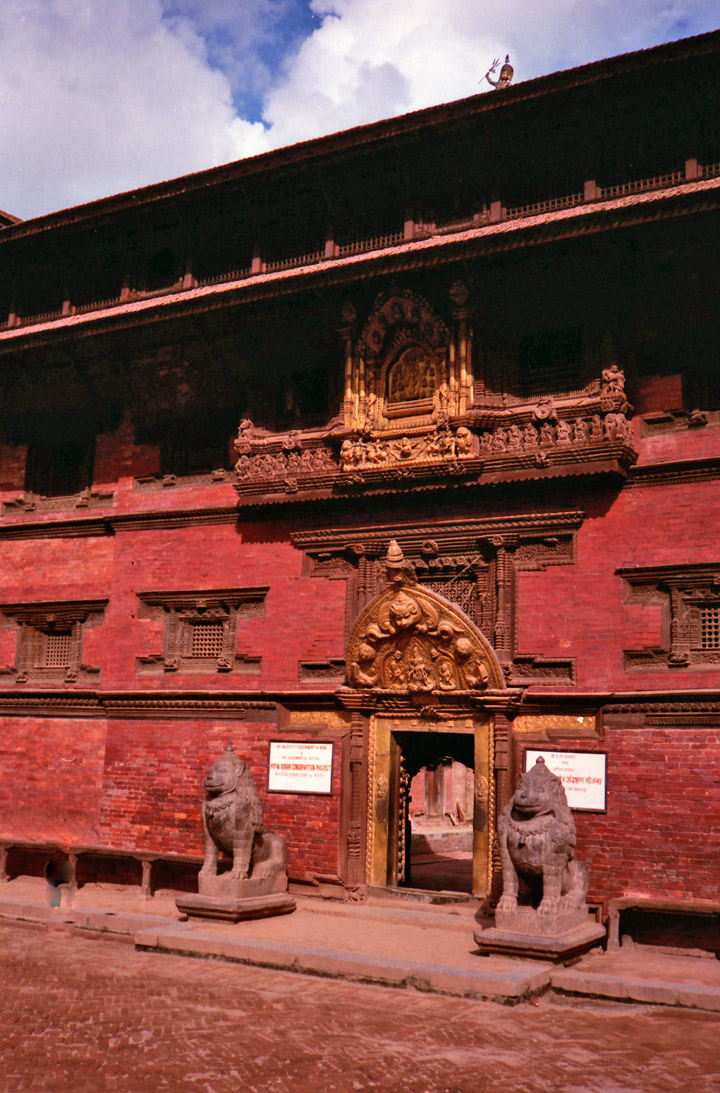
Kathmandu is situated in the heart of the Himalaya mountains, and has a rich
history. Considered by some to be among the most beautiful cities in the world,
the earliest known inscription in the Kathmandu Valley is dated 185 AD. The
oldest firmly dated building in the earthquake-prone valley is almost 1,992
years old. Four stupas around the city of Patan said to have been erected by
Charumati, attest to the ancient history present within the valley. The Kirats
are the first documented rulers of Kathmandu Valley, the remains of their palace
are in Patan near kendra Hiranyavarna Mahavihara (called "Patukodon"). The
Licchavi Dynasty whose earliest inscriptions date back to 464 AD were the next
rulers of the valley. The Malla Dynasty consisted of Newar rulers, who ruled
Kathmandu Valley and the surrounding area from the 12th century till the 17th
century when the Shah Dynasty founder Prithvi Narayan Shah conquered the valley
as he created present-day Nepal. Most of ancient Nepali Architecture present in
Nepal today is from the Malla/Newar era.
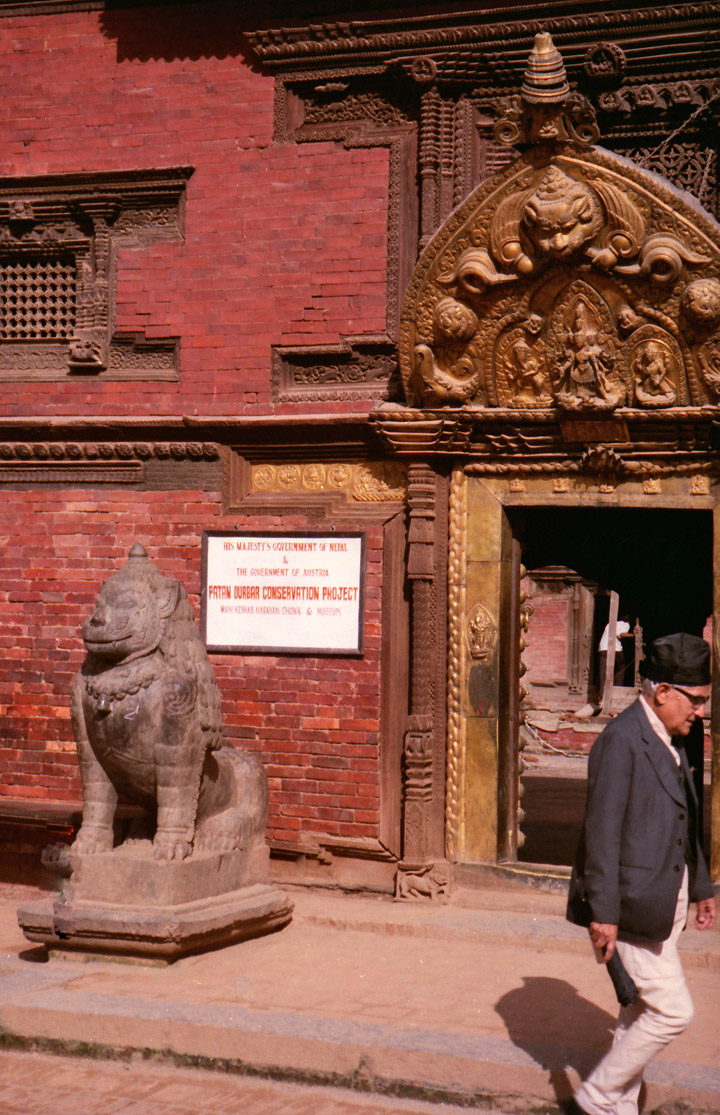
The city of Kathmandu is named after a structure in Durbar Square called
Kaasthamandap. In Sanskrit, Kaasth (काष्ठ) is "wood" and Mandap (मंडप/मण्डप) is
"covered shelter." This unique temple, also known as Maru Sattal, was built in
1596 A.D. by King Laxmi Narsingh Malla. The entire structure contains no iron
nails or supports and is made entirely from wood. Legend has it that the timber
used for this two story pagoda was obtained from a single tree.

Kathmandu is also sometimes called "Kantipur". Kanti is an alternate name of the
Goddess Laxmi, and Pur meants the place where such a goddess resides; thus, the
name Kantipur demonstrates the ancient belief that it is the place where Laxmi
dwells. Newars, the native people of the Kathmandu valley use the original term
from Nepal Bhasa, Yne.

Being the capital city of Nepal, Kathmandu is home to most of the government
offices, embassies, corporate houses, and the palace. A golden heaven to the
most famous artists in the world, it has the old palace of Newar kings,
Kathmandu Durbar Square, which is listed as UNESCO world heritage site, is in
Basantapur, next to Freak Street, which was the popular hippie spot during the
seventies. The Shah King's Palace stands right next to Thamel - the tourist hub
of the country. A small world within itself, Thamel is famous for the most
attractive hotels and shopping centers in the world. It consists of two parallel
streets just to the west of the palace. It is home to world famous hotels,
ranging from different stars. The palace is at the head of Durbar Marg, a street
lined with various shops. Most of the streets in Kathmandu are named from Nepal
Bhasa, owing its origin to the rich Newari Culture and heritage. In a sense,
Kathmandu is the most read text in the field of culture, history and Newari
civilization in South Asia.
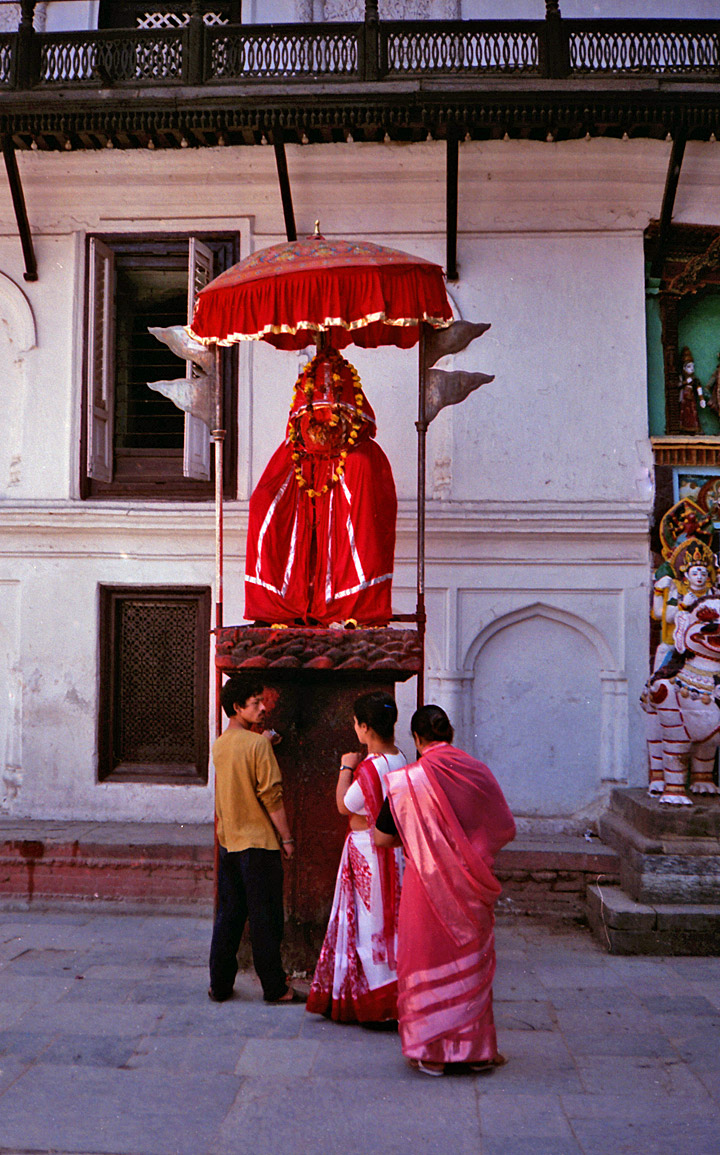
The "old" city is noted for its many Buddhist and Hindu temples and palaces,
most dating to the 17th century. Many of these landmarks have been damaged by
earthquakes and pollution. This valley hosts an UNESCO World Heritage Sites
composed by seven different Monument Zones: The centers of the three primary
cities, Kathmandu Hanuman Dhoka, Patan and Bhaktapur, the two most important
Buddhist stupas, Swayambhunath and Boudhanath and two famous Hindu shrines,
Pashupatinath temple and Changu Narayan. Since 2003 the site has been inscribed
in the World Heritage List as being "in danger" out of concern for the ongoing
loss of authenticity and the outstanding universal value of the cultural
property.

Kathmandu has been popular with western tourists since the 1960's when it became
a key stop on the Hippy Trail, when Jho: Chheen (Nepal Bhasa, continuous
house)(Freak Street) was the one of the main location. It is also the subject of
a popular Bob Seger song for the same reason. It is rumoured that many rock
singers used to visit Jho: Cheen and downtown Kathmandu in search of tranquility
and Nirvana.
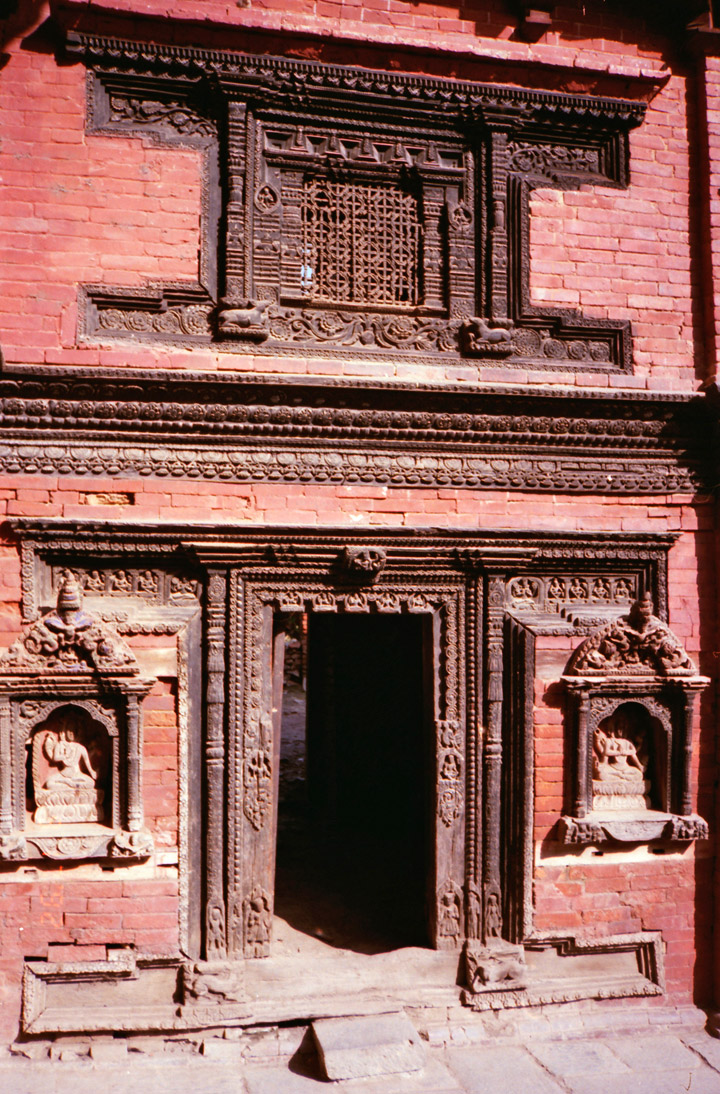
Tribhuvan International Airport is located about 25 km from the city center,
offering domestic and international flights.The last name of Gautam is quite
famous in Kathmandu.
Text from Wikipedia
